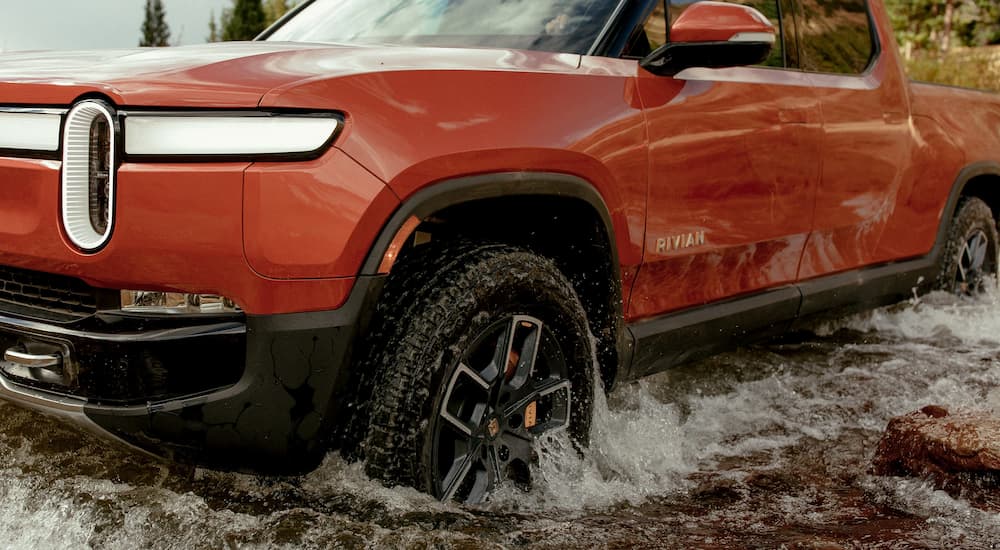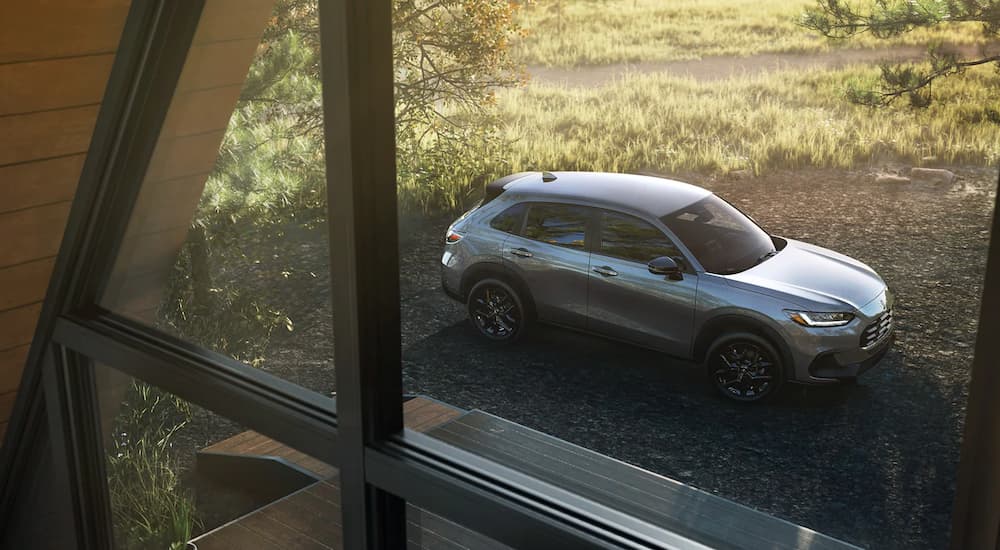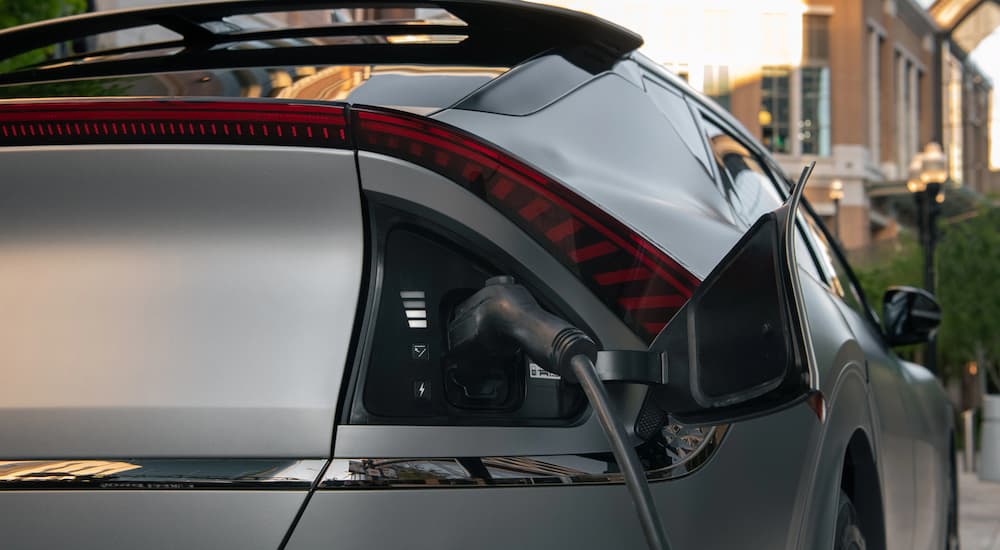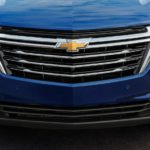Things are different now; there’s no denying it. Many businesses have closed their doors for good, workers have been displaced, and there’s an overall sense of change in the air. I don’t necessarily think that change is bad, per se; we’re just not quite used to how the world looks just yet. Among the many industries impacted by COVID-19 and its subsequent effects is the automotive industry, which took quite a hit initially when everything came to a crashing halt. Over the last two years, the automotive industry has had to deal with challenges, shortages, and of course, change, which can be the scariest part of all.
It’s difficult to even read through articles online or peruse social media without seeing something about the auto industry. In fact, a couple of months ago, I read an article that spoke of Tesla’s business model. It talked about how the company’s evolution to online-based sales, meaning selling directly to the consumer, has prompted other automakers to adopt this new methodology due to the current state of the world. It prompted me to consider what other post-COVID challenges the auto industry is facing, and here are a few things that came to mind.
Challenges the Industry Still Faces
As we’ve seen, the auto industry continues to transform, but hasn’t it always been fluid? We may not have seen such a dramatic shift before the pandemic, but the auto industry has always had to evolve, whether it was ready for it or not, and this time is no exception. There continue to be labor and material shortages, which results in higher vehicle prices, as well as fewer people traveling, opting to continue to work from home. There continues to be a significant change in the types of cars people are buying, opting for more used models than ever, as well as electric vehicles. There are newcomers in the industry that are gaining in popularity (and in sales) by the minute.
The biggest factor throughout it all has been change, and change will always be here. There has always been something out there to challenge the industry, and the automotive segment is not alone. Other industries have been impacted as well, including food and beverage, footwear and apparel, and healthcare and pharmaceuticals. The important part now is to not dwell on the past or wallow in any misfortunes but to create a plan of attack and charge ahead, which is exactly what the resilient auto industry is doing.

Industry Shifts
Perhaps the biggest shift many people have noticed is the influx of electric vehicles, made extremely popular by Tesla and its radical approach to the auto industry. Opting to cut out the middleman (dealerships) and sell directly to the consumer created a new way for drivers to buy a car. It allowed them to shop on their time. It also alleviated the hassle of going to a dealership and dealing with the whole rigmarole of finding the right car, negotiating a fair price, and the whole song and dance that goes along with buying a car.
Instead of being defeated, however, dealerships decided to do the same thing. They began to offer online buying tools that allowed buyers to find their car online, design a payment plan, complete all the necessary paperwork, and have their vehicle delivered to their doorstep. Some auto dealers even started to ship across the country. Drivers can now go to an online car dealership’s website, filter their search to their distinct specifications, and find the car that they truly want, all from the living room sofa. See how cool change can be?
New Heavy Hitters
There are also new competitors who have entered the ring, bringing fresh, revolutionary offerings to drivers everywhere. Tesla, Rivian, Lucid, and others are joining the electric revolution, showcasing vehicles that we’ve never seen before. Industry giants like Honda and the media mogul Sony are joining forces to create their own exceptional EV offerings. So much change is happening, all leading toward something incredible. We’re building a plan for the future, which consists of better products, and partnerships are being forged, all for the betterment of the industry as a whole.
What to Expect
So, with all of this change, all of the promises, and all of the doubt that seems to be circling the world right now, what can we truly expect as far as the auto industry is concerned? I don’t think change is going to happen as dramatically as many believe. I think a lot of these shifts are going to be more gradual and well-planned. Gas-powered vehicles will still exist, so for those who are worried about being forced to switch to electric within the next five years, this shouldn’t be a cause for concern. The industry is just taking the steps necessary to facilitate some changes to leave our world in better hands for the future.
As far as the challenges, we’ll move past them, as we always do. Yes, there are material and labor shortages, but slowly, we’ll find the means necessary to get back on track. Yes, there are new heavy hitters in the industry, but industry veterans, like Ford, Chevy, Honda, and Nissan, continue to work diligently to create their own electric offerings to appeal to the masses. It’s just another turn that the industry needs to make in order to get on the path to its success.
For dealerships, as long as they continue to offer customers what they need, I don’t think they’ll have anything to worry about either. By providing a solid lineup of quality cars, a helpful team, and a way to go about the process that works for their customers, dealerships still have a huge role to play in the industry. There’s something about knowing that you’re not alone in the process of buying a car, which is a big purchase, that makes it more beneficial for dealerships to still be involved in the process.
As far as more competition in the industry, I say great. Competition keeps us on our toes. It helps us to be the best version of ourselves, and the auto industry is no exception. New models are being introduced with improved capabilities, and a new way of traveling is unfolding before our eyes. It’s forcing industry veterans to pivot and grow, perhaps even more than they thought they had the potential to, which to me, is an invaluable outcome.
Creating a Path for the Future
Things may seem a little uncertain now, and more change is on the horizon, but just think of what these changes will bring to our lives. We’ll now have more options for how we travel, dealerships will be able to help more customers than ever before, and automakers will revitalize their models to make them more capable than we ever thought possible.
Change is scary, but it’s also exciting. Sometimes, it takes something big to jumpstart a transformation, and maybe the auto industry was due for some reflection and improvement. Let’s stay optimistic about the future of the automotive industry. The automakers are working hard, the dealerships are changing up their game, and consumers have more options than ever before. So, no…the auto industry won’t be pumping the brakes anytime soon. In fact, I think a big turn is in its future.





